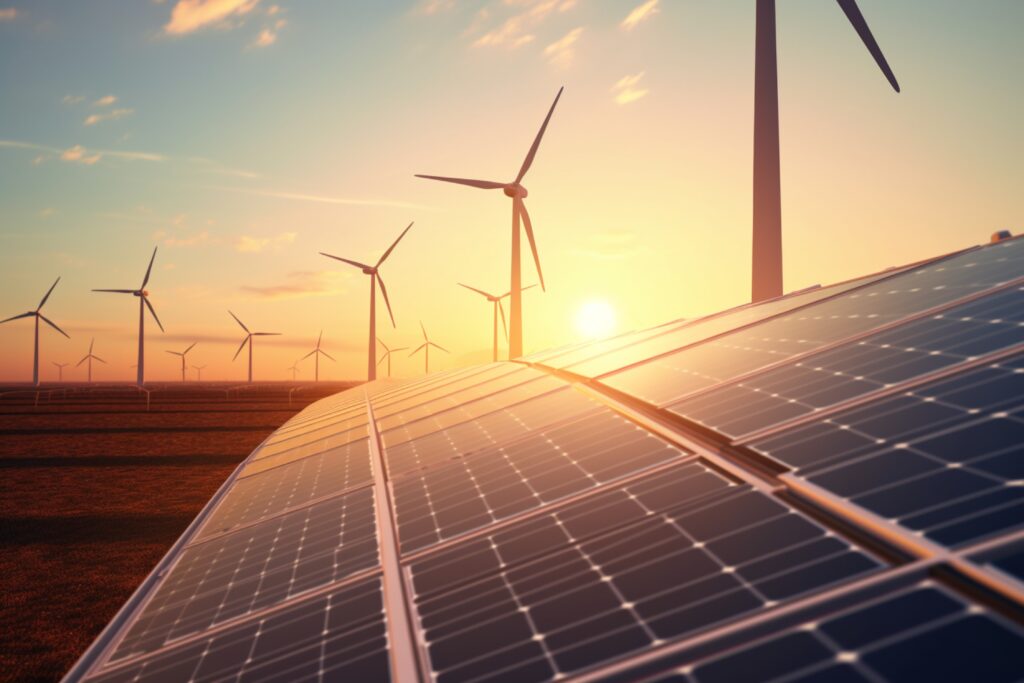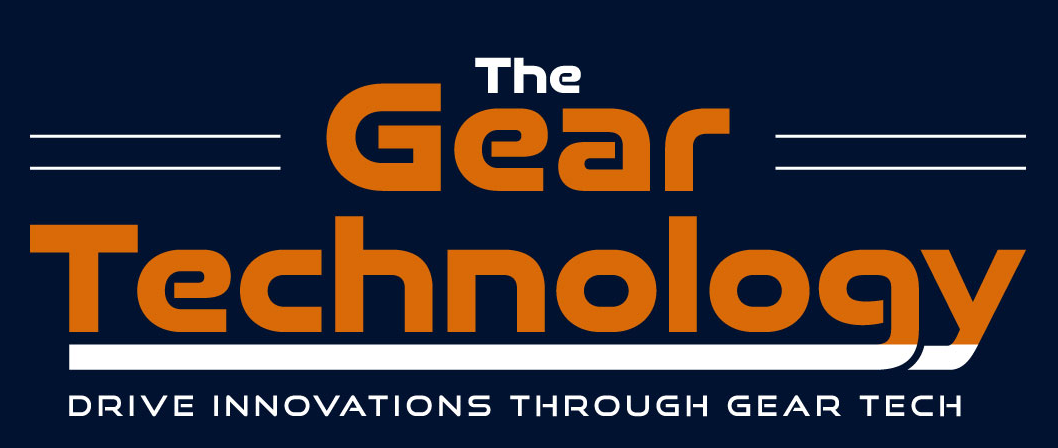Gearboxes for Renewable Energy: Maximizing Efficiency and Torque Transmission
The Vital Role of Gearboxes in Wind Turbines and Renewable Energy Systems Gearboxes are fundamental components in renewable energy systems, particularly in wind turbines. Their primary function is to increase the efficiency of power generation by converting low-speed, high-torque energy into high-speed, low-torque energy suitable for electricity production. This article explores the critical role gearboxes […]

The Vital Role of Gearboxes in Wind Turbines and Renewable Energy Systems
Gearboxes are fundamental components in renewable energy systems, particularly in wind turbines.
Their primary function is to increase the efficiency of power generation by converting low-speed, high-torque energy into high-speed, low-torque energy suitable for electricity production. This article explores the critical role gearboxes play in renewable energy, focusing on their impact on efficiency, torque transmission, and the importance of proper lubrication.
Gearboxes in Renewable Energy:

In renewable energy systems, especially wind turbines, gearboxes serve as the intermediary between the slow rotation of turbine blades and the fast rotation required by electrical generators. This conversion is essential for efficient energy production. The gearbox increases the rotational speed from the blades, typically rotating at 10-20 RPM, to the generator, which requires speeds of around 1,500-1,800 RPM.
Efficiency: A Key Consideration
Efficiency in renewable energy systems is paramount. Gearboxes are designed to maximize energy transfer
while minimizing losses due to friction and heat. Advanced engineering and precision manufacturing are critical in producing gearboxes that can achieve high efficiency rates.
The efficiency of a gearbox directly impacts the overall performance of the wind turbine, as even small losses can translate to significant reductions in energy output over time.
Torque Transmission: Ensuring Optimal Power
Torque transmission is another critical aspect of gearbox functionality. Torque, the rotational force produced by the wind turbine blades, must be transmitted efficiently through the gearbox to the generator. High torque levels, coupled with low rotational speeds, can place immense stress on gearbox components. Therefore, gearboxes must be robust and designed to handle these stresses without compromising performance.
Gearbox Lubrication: Enhancing Longevity and Performance
Lubrication is vital for maintaining the efficiency and longevity of gearboxes in renewable energy systems. Proper lubrication reduces friction between moving parts, minimizes wear and tear, and helps dissipate heat generated during operation. The choice of lubricant is crucial, as it must withstand extreme environmental conditions, such as temperature variations and exposure to moisture.
Types of Gearboxes in Wind Turbines
There are several types of gearboxes used in wind turbines, each designed to meet specific performance and efficiency requirements.
The most common types include:
Planetary Gearboxes: Known for their compact design and high torque transmission capability, planetary gearboxes are widely used in modern wind turbines. They offer excellent efficiency and reliability, making them a popular choice for large-scale wind farms.
Helical Gearboxes: These gearboxes are characterized by their helical gear teeth, which provide smooth and quiet operation. Helical gearboxes are known for their durability and are often used in smaller wind turbines or applications where noise reduction is a priority.
Bevel Gearboxes: Bevel gearboxes are used in applications where the direction of the rotational axis needs to be changed. They are less common in wind turbines but are sometimes used in specific configurations requiring angular torque transmission.
Challenges and Innovations in Gearbox Design
Designing gearboxes for renewable energy systems presents several challenges. The need for high efficiency, durability, and the ability to handle variable loads and harsh environmental conditions requires continuous innovation. Some of the key challenges include-
Weight and Size: Gearboxes must be lightweight to minimize the overall weight of the wind turbine while being robust enough to handle high torque levels.
Material Selection: Advanced materials are required to withstand the stresses and strains experienced by gearboxes, including wear resistance and fatigue strength.
Noise Reduction: In addition to efficiency and durability, reducing noise levels is an important consideration, particularly for wind turbines located near residential areas.
Innovations in gearbox design include the use of composite materials, advanced manufacturing techniques, and improved lubrication systems. These advancements aim to enhance the performance, reliability, and lifespan of gearboxes in renewable energy systems.
Maintenance and Monitoring of Gearboxes
Regular maintenance and monitoring are essential for ensuring the optimal performance of gearboxes in renewable energy systems. Predictive maintenance techniques, such as vibration analysis and thermal imaging, can help identify potential issues before they lead to significant failures. Additionally, real-time monitoring systems provide continuous feedback on gearbox performance, allowing for timely interventions and minimizing downtime.
The Future of Gearboxes in Renewable Energy
As the renewable energy sector continues to grow, the demand for efficient and reliable gearboxes will increase. Future developments in gearbox technology will likely focus on enhancing efficiency, reducing maintenance requirements, and improving the integration of gearboxes with other turbine components.
The adoption of digital technologies, such as the Internet of Things (IoT) and artificial intelligence (AI), will also play a significant role in advancing gearbox design and performance monitoring.
Gearboxes are indispensable components in renewable energy systems, particularly in wind turbines. Their role in converting low-speed, high-torque energy into high-speed, low-torque energy is crucial for efficient power generation.
By focusing on efficiency, torque transmission, and proper lubrication, gearboxes can significantly enhance the performance and longevity of renewable energy systems. As technology continues to evolve, innovations in gearbox design will drive further advancements in the renewable energy sector, contributing to a more sustainable and energy-efficient future.
By understanding the critical role of gearboxes in renewable energy systems, stakeholders can make informed decisions about their design, maintenance, and operation. This knowledge is essential for optimizing the performance of wind turbines and other renewable energy technologies, ensuring a reliable and sustainable energy supply for the future.

